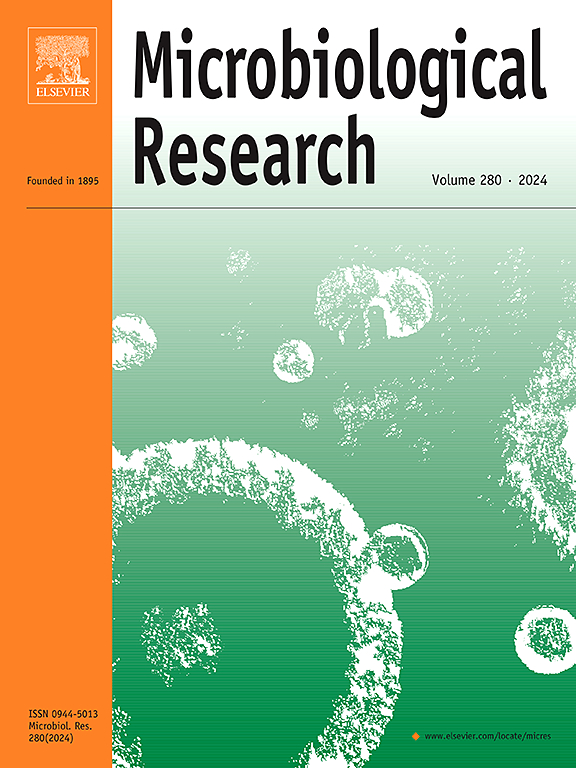Streptococcus anginosus orchestrates antibacterial potential of NETs facilitating survival of accompanying pathogens
IF 6.1
1区 生物学
Q1 MICROBIOLOGY
引用次数: 0
Abstract
Streptococcus anginosus is considered an emerging opportunistic pathogen causing life-threatening infections, including abscesses and empyema. Noticeably, clinical data revealed that S. anginosus also constitutes an important component of polymicrobial infections. Here, we showed for the first time that S. anginosus inactivates the antibacterial potential of neutrophil extracellular traps (NETs). The process is determined by a cell wall-anchored nuclease referred to as SanA, which high expression dominates in clinical strains isolated from severe infections. Nuclease activity protects S. anginosus against the antibacterial activity of NETs, supporting at the same time the survival of coexisting highly pathogenic species of Enterobacteriales. Obtained data suggest that SanA nuclease should be recognized as a critical S. anginosus virulence factor determining severe monospecies purulent infections but also shielding other pathogens promoting the development of polymicrobial infections.
副猪链球菌可协调 NET 的抗菌潜力,促进伴随病原体的存活。
副猪链球菌被认为是一种新出现的机会性病原体,可导致危及生命的感染,包括脓肿和肺水肿。值得注意的是,临床数据显示,副猪链球菌也是多微生物感染的重要组成部分。在这里,我们首次发现,阴沟肠杆菌会使中性粒细胞胞外捕获物(NETs)的抗菌潜力失活。这一过程是由一种细胞壁锚定的核酸酶决定的,这种核酸酶被称为 SanA,在从严重感染中分离出的临床菌株中,SanA 的高表达占主导地位。核酸酶的活性能保护银环蛇菌抵御 NETs 的抗菌活性,同时支持共存的高致病性肠杆菌的生存。获得的数据表明,SanA 核酸酶应被视为阴沟肠杆菌的关键毒力因子,它不仅决定了严重的单菌种化脓性感染,还能保护其他病原体,促进多微生物感染的发展。
本文章由计算机程序翻译,如有差异,请以英文原文为准。
求助全文
约1分钟内获得全文
求助全文
来源期刊

Microbiological research
生物-微生物学
CiteScore
10.90
自引率
6.00%
发文量
249
审稿时长
29 days
期刊介绍:
Microbiological Research is devoted to publishing reports on prokaryotic and eukaryotic microorganisms such as yeasts, fungi, bacteria, archaea, and protozoa. Research on interactions between pathogenic microorganisms and their environment or hosts are also covered.
 求助内容:
求助内容: 应助结果提醒方式:
应助结果提醒方式:


